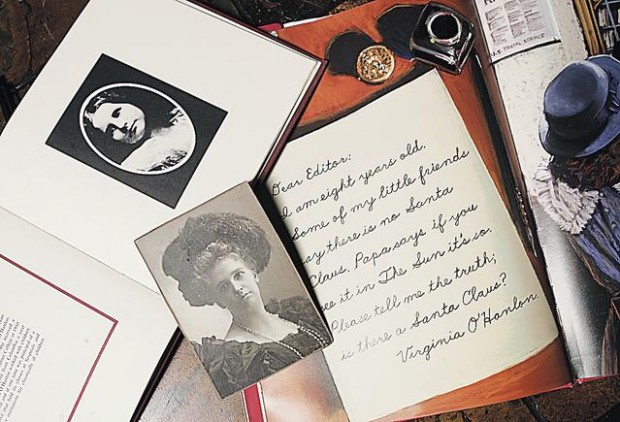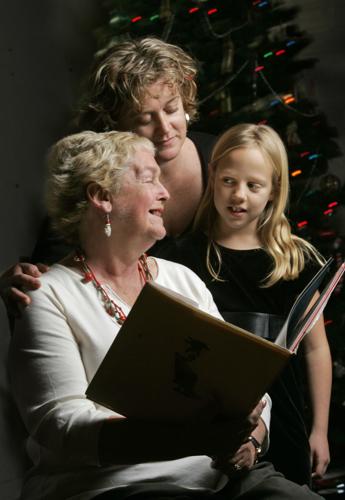Had 8-year-old Virginia O’Hanlon asked if there was Santa Claus today, rather than in 1897, she might have Googled her question and found an instant, sterile Wikapedia answer — Santa Claus is “a figure with legendary, historical and folkloric origins.”
Her father might suggest popping the question on Facebook or Twitter for a pithy, 140-character response.
How we communicate is just one of the major differences between Virginia’s world 118 years ago and ours.
Each era is fraught with its own problems, challenges and accomplishments. Yet Francis P. Church’s message resonates and remains relevant today: Santa “exists as certainly as love and generosity and devotion exist.”
“It is a message of hope to us all … kids and adults,” says Tucsonan Sara Rogers Little, Virginia O’Hanlon’s great-granddaughter.
“Children need time to be kids and should be allowed a time of innocence,” she says. “They should be allowed to believe in the ‘magical’ wonders of life and the world. They should have that time to explore and learn about whatever intrigues them.
“Adults should never lose that glimmer of hope that wonderful things really do exist,” says Little, noting that her great-grandmother was an advocate for children and education.
Little reads the letter every Christmas Eve to her children, as her mother, Virginia Rogers, did before she died in 2008.
“It is very important for me to pass the tradition of reading the story to my kids because I want them to do the same with their future kids,” Little says.
The letter is ingrained into the family’s traditions. Little’s brother Brock Rogers of New York took the letter, which is usually tucked into a safe-deposit box, and read it at his daughter’s school.
It can be difficult to hear or feel this message in uncertain, tumultuous times dotted with horrific events.
“The message is important all the time,” especially during times of tragedy, says Little, who is a nurse.
“When someone does something so horrendous, such as a mass shooting, it makes me wonder what happened to them.
“It makes me wonder what their childhood was like and if they were encouraged to be kids … to believe in what they couldn’t see, to use their imagination, to be inquisitive, to learn and grow.”
The magic of “Yes, Virginia” is that it brings home the foundation of what the holidays should be: a time for kids to be laughing, for adults to set aside their worries for a few hours and share a smile.
It’s a time to put fear and worry aside and embrace hope and joy.
Yes, there is a Santa Claus. In all this world, there is nothing else as real or abiding.






